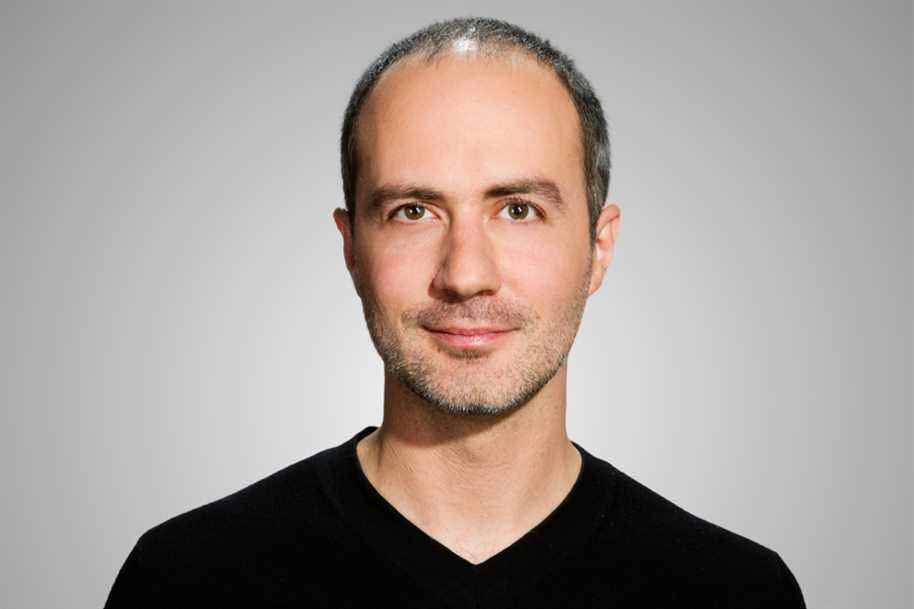You were crying out for it. Well, here it is, here it is!
Posted at 7:45 a.m.
Audrey-Louise’s return to Star Academy ?
No. The Montreal Canadiens reconstruction project.
The team just traded its top defender (Ben Chiarot), top scorer last season (Tyler Toffoli) and two starters (Artturi Lehkonen, Brett Kulak) for enough prospects and draft picks to start a third club -school.
The return is frankly unexpected. Especially for Artturi Lehkonen.
Last year, on the same date, the Finnish striker was no longer in the starting lineup. We even wondered if the Canadian was going to offer him a new contract during the off-season. On Monday, he was traded to the Colorado Avalanche. Not at the price of pyrite. At the price of gold. Against Justin Barron, a mobile defenseman trained in the QMJHL, and chosen in the first round in 2020. A masterstroke from Kent Hughes; general managers almost never give up their young defenders, whom they overprotect as if it were their great-grandfather’s watch.
” [Barron] is a big guy with good skating,” Hughes said. I’ve always said skating will be important, but I think it’s even more important [en raison de] the way we play now. It’s not just good hope. It’s also a good fit for us. »
I also like transfers from Ben Chiarot and Brett Kulak. A little less that of Tyler Toffoli who, at 29, could have been a central part of the reconstruction of the Canadian.
These four transactions give us a good idea of the Canadian’s plan to become competitive again, and of the timetable for the work. Sketches are drawn. The foundations – Nick Suzuki, Cole Caufield, Alexander Romanov – are poured. Now you have to lay the floors. The walls. The ceilings. The brick. And, of course, the famous window of opportunity.
It’s for when ?
Not for next year.
Nor the next.
Get ready for long jobs.
First, you can’t replace four veterans with as many rookies and hope for immediate improvement.
“Young people are successful, but not as much between 18 and 22 years old,” explained the vice-president of the Canadian, Jeff Gorton, last January. “The league is getting stronger and stronger. Faster and faster. The adjustment period for prospects is longer than ever before. Their learning curve is made very steep. »
The new administration insists that it will take its time with its best hopes.
The other issue for the Canadian is that despite his recent hyperactivity in the transaction market, he remains stuck with six mammoth contracts. Which ?
Mike Hoffman: 4.5 million for two more seasons
Joel Armia: 3.4 million for three more seasons
Jeff Petry: 6.25 million for three more seasons
Shea Weber: 7.8 million for four more seasons
Carey Price: 10.5 million for four more seasons
Brendan Gallagher: 6.5 million for five (!) more seasons
Trading in-demand players is one thing. Passing on undesirable agreements is another.
In the cases of Ben Chiarot, Artturi Lehkonen and Brett Kulak, as they are in their final year of contract, the two teams will each pay half their salaries. It facilitates transactions, recognized Kent Hughes. However, when there are three, four or five years left on a contract, it is a more difficult operation to succeed.
Unfortunately for the Canadian, this problem is likely to last for a while.
Next winter, Jeff Petry will be 35 years old. At this age, defenders decline rapidly. Do you know how many fullbacks 35 and older still play 20 minutes a game in the NHL? Only five.
Unsurprisingly, the demand for players with Petry’s profile is very, very slim. Especially with a huge contract like his. Kent Hughes also recognized it on Monday. He wondered aloud if it was better to keep Jeff Petry in Montreal, or to give choices to an opponent to better pass the contract of his defender.
The six contracts above account for almost half of the team’s wage bill. Although Kent Hughes is “optimistic” that he can trade Weber’s contract in the summer, and that at worst he can bury him on the long-term injured list, these contracts represent too large a burden to attempt. a quick recovery [reset]. To become a contender for the championship, the Canadian will have to get rid of at least three or four of these balls, in order to be able to recruit massively new, more productive veterans.
Otherwise, he will have to wait for the expiry of these contracts. In four years, the Canadian will certainly be in a better position with respect to the salary cap. Nick Suzuki, Cole Caufield, Alexander Romanov, Kaiden Guhle and Justin Barron will be in their mid-twenties. These will be their best years. Other hopefuls will be added to the group. The Habs will again be in a good position to hire or negotiate for high earners.
At the same time, in 2026, several division rivals are expected to be on the decline. The Tampa Bay Lightning core will be disbanded. That of the Boston Bruins too. All the stars of the Toronto Maple Leafs and the Florida Panthers will have benefited from full autonomy, except Morgan Rielly and Aleksander Barkov. The threat will come instead from the Ottawa Senators, the Detroit Red Wings and the Buffalo Sabers, if the latter one day recover from their umpteenth reconstruction.
The Canadian should do well. Provided, of course, to fish and develop better than in the last 10 years.
What needs to be demonstrated.
